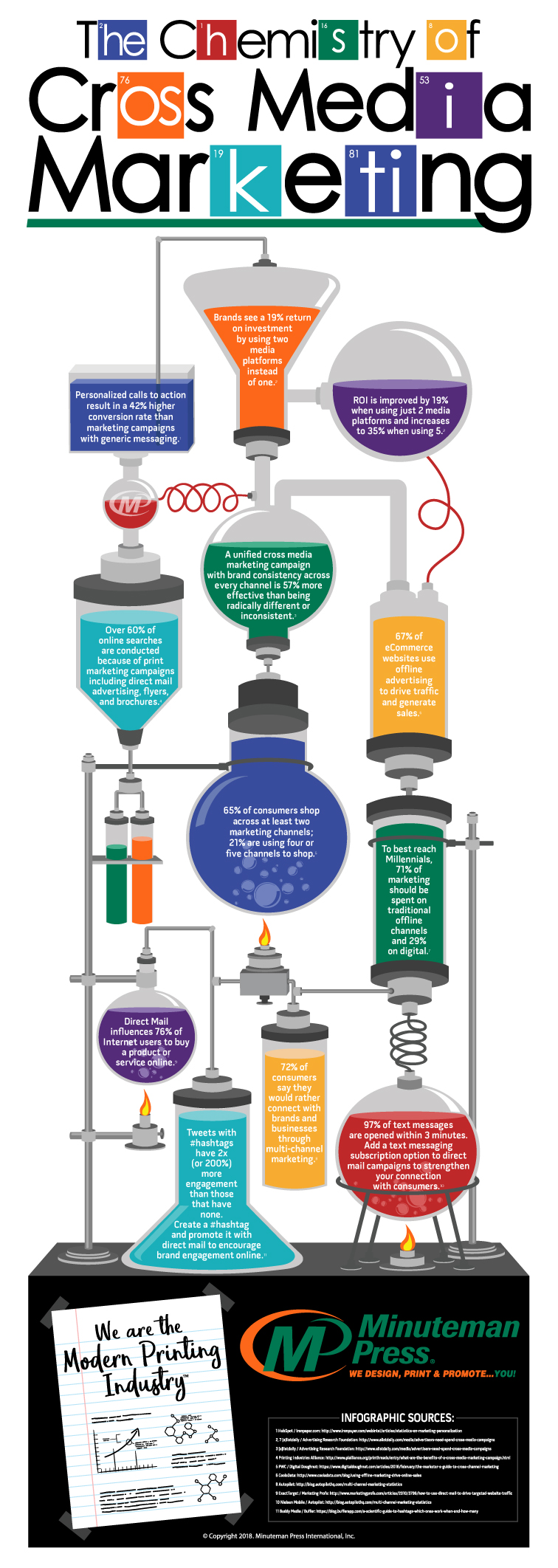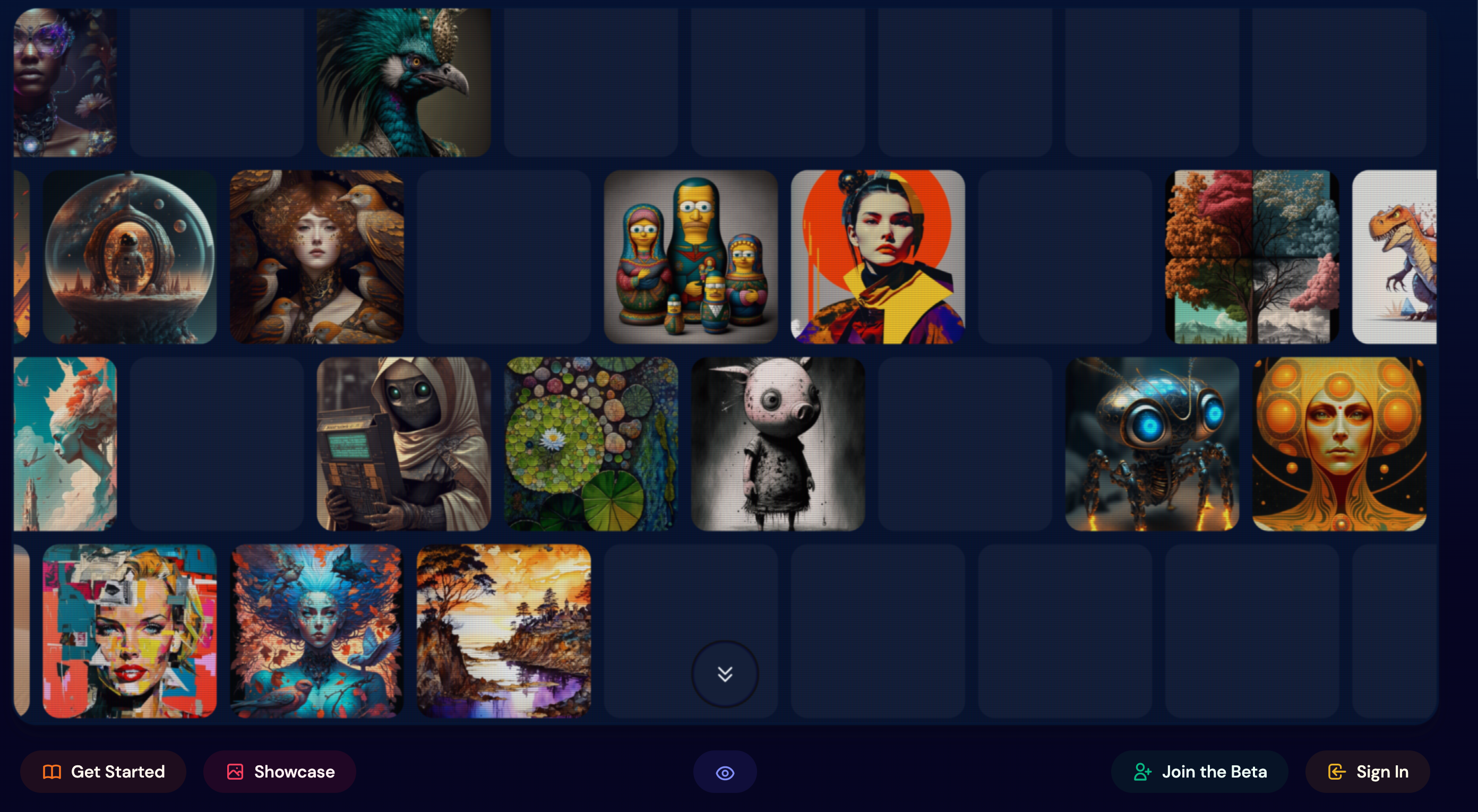A typical customer journey usually involves many stages from discovery to purchase, using many different touchpoints across multiple devices. Unless we analyse all of those data traces, we will not get a truly accurate single consumer view.
In 2018 the advertisers will start to question the role digital plays within the entire media ecosystem; media agencies, publisher and research partners will have to be ready to give an answer.” The Getting Media Right report shows that 77% of marketers would increase their investment if they could better measure cross-channel ROI. Marketers should focus on cross-media measurement to understand their ROI. A collaborative effort between brand, agency, publisher and research partners is required to develop and improve solutions to understand cross-channel effects. It’s up to industry players to answer the $100 million dilemma: how could that money be invested better – and not cut – so that it achieves the desired impact?,” said Pablo Gomez, Media & Digital Director
Kantar Millward Brown.
The cross media marketing involves the usage of different media forms to integrate your marketing message into the minds of people. Instead of selling the product exclusively on the website, cross-marketers use a combination of mobile applications, paid search results, ad links, TV commercials, YouTube videos, content marketing, printed brochures, radio and television ads, social media and other tools.

“The cross-media marketing campaigns or joint advertising, is similar to a network of friends and acquaintances that you have on different social platforms. Such advertising expands the audience that can see your business. By the principle of mutual assistance, large, medium and small firms operate. As equal, and different in status, organizations conclude partnership agreements. For example, a popular and successful company can take under its wing a newly emerged small firm. In this case, the claimed brand performs the function of the locomotive. Is such a partnership profitable? It all depends on the terms of the contract,” wrote jgdb.com.
According to wikipedia, real-time personalization (RTP) is an innovative way to looking at cross media marketing. RTP has the ability to see who visits each webpage. “In addition, if companies have the ability to see a website viewed by a potential customer, then the company can quickly personalize what the customer is looking and make appeals to a certain product. After a real time personalization search, a business plan is created to fit each potential customer. When a potential buyer is looking at a company’s advertisement, a popup add usually appears. Every product that a customer accepts, five to seven linked advertisement pages popup. RTP captures these acceptance rates, locate advertising company, and supplies the information necessary for the next step in the business plan.”
What can a client gain from a cross media marketing campaign:
- Puts the basis of long-term relationships.
- Double use for consumers, which leads to their active response.
- Being able to reach consumers at different times of the day and also at different points of the purchasing cycle.
- Joint campaigning contributes to a significant reduction in advertising costs and it has a double effect compared to the campaigns that are conducted by each company separately.
- “As customers engage with a brand on a more regular basis, the chances of them becoming and ultimately staying loyal to that brand also increases. This is largely due to the consistency in messaging – one of the main features of cross-channel marketing,” wrote econsultancy.com.
- The results are visible straight away.
- Allows him /her to expand the marketing services used.



















